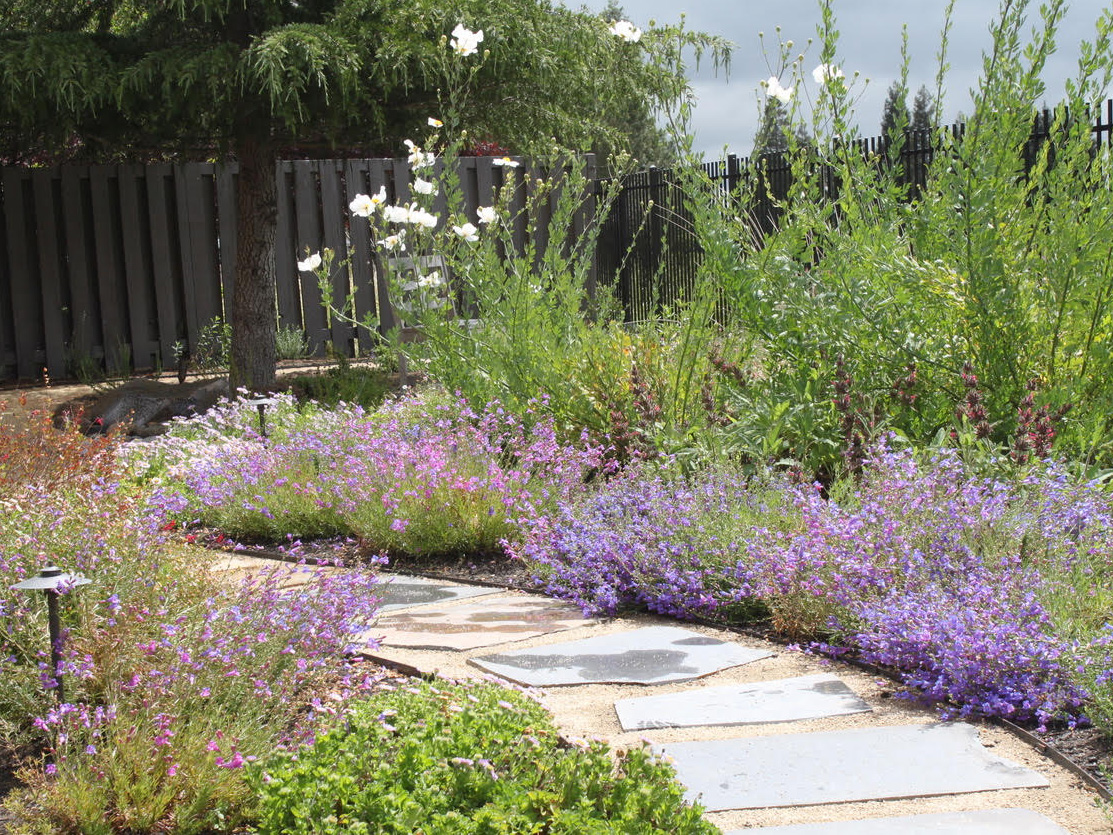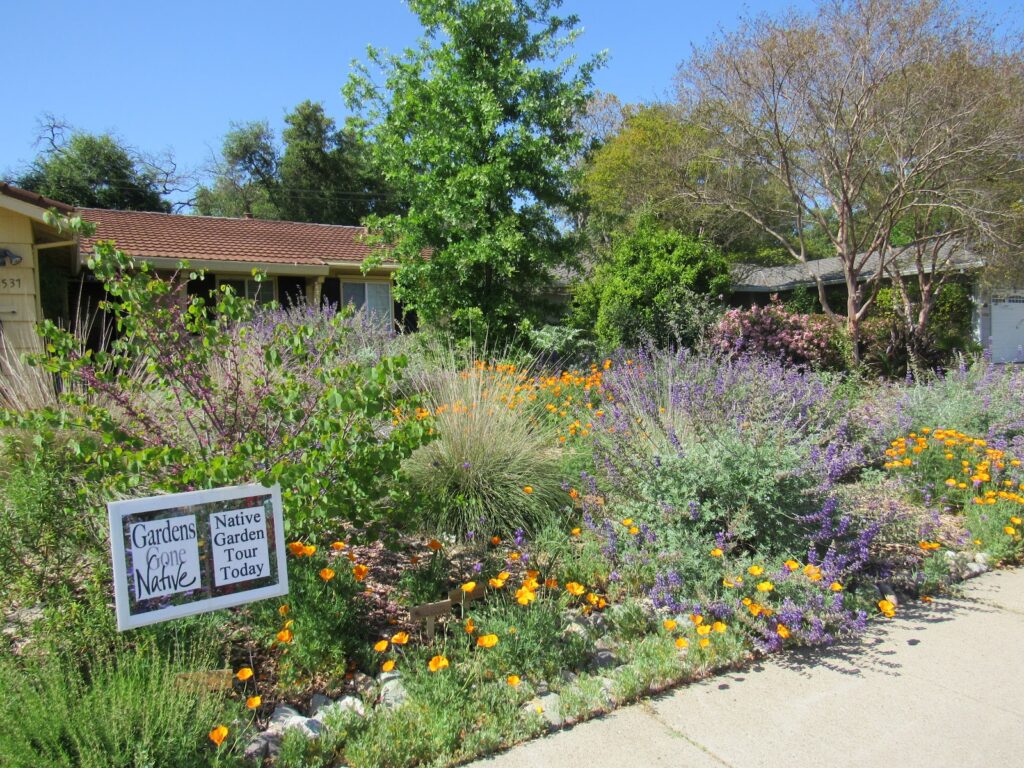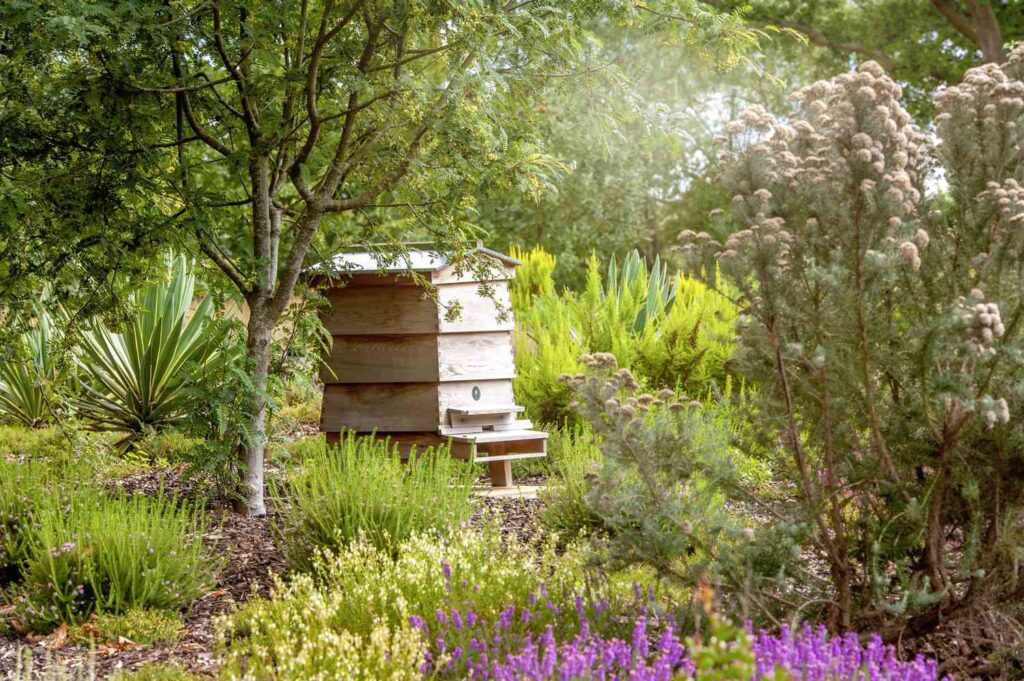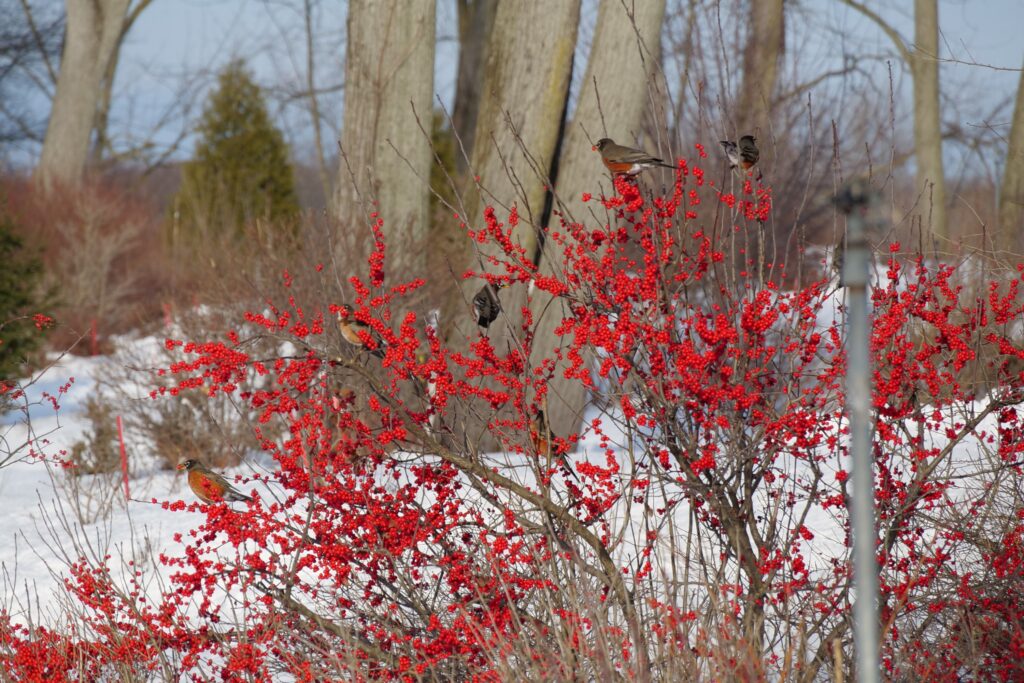Why Your Garden Needs More Native Plants

Picture this: It’s a sunny afternoon, and you’re relaxing in your garden when a brilliant monarch butterfly flutters by, dipping down to sip nectar from a purple coneflower. A hummingbird zips through, attracted by the trumpet-shaped native cardinal flower. This isn’t a dream—it’s a glimpse into what your garden can be when you choose to go native with your plant selections.
Native plants offer a multitude of benefits, both to your garden and the environment at large. They are not just a horticultural choice but a step towards responsible stewardship of the planet.
The Problems with Conventional Landscaping
First off, let’s talk about the downsides of the conventional lawn dominated by non-native turfgrass. Such lawns have been described as “ecological wastelands” primarily because they offer little to no value to native wildlife. Most of these uniform green expanses are monocultures that don’t support the varied ecosystem that a mix of native plants would.
Beyond this, these lawns are resource hogs. They consume significant amounts of water, and their upkeep often involves petroleum-based fertilizers, herbicides, and pesticides, not to mention the carbon emissions from mowing. This high level of input not only increases your maintenance costs but also contributes to pollution and habitat loss.
The Benefits of Native Plant Gardens

Switching to native plants can turn your yard into a haven for local wildlife. Native plants have co-evolved with the fauna of their region, providing precisely the kinds of food and shelter that local wildlife require. Birds, for example, will relish the fruiting bodies or seeds of native plant species, and certain pollinators, like butterflies, are specially adapted to native flowers.
Native plants can also be a magnet for some more unique, less commonly seen creatures. Imagine spotting a majestic hawk perched on a native shrub or being visited by a hummingbird that has traveled hundreds of miles just to sip the nectar of your native flowers.
Beyond that, native plants, once established, require less water, fewer chemicals, and less mowing. They’re not just good for biodiversity; they’re also helping the planet by combatting climate change and biodiversity loss.
How to Start Native Plant Gardening

To begin your journey into native plant gardening, a useful starting point is the Garden for Wildlife Zip Code Native Plant Finder, which helps you identify plants suited to your local climate and soil conditions. This ensures you select plants that are naturally well-adapted to your area.
Removing your existing turfgrass doesn’t have to be done all at once. You can start by removing it in sections and gradually replacing it with native plants. Make sure to source your plants from reputable native plant nurseries like Garden for Wildlife, and try to buy plants that are in season for better survival rates. Keep in mind that while natives are generally easier to maintain, they do need some initial care, like regular watering until they are well established.
They may also take two to three years to reach their full potential. Finally, consider consulting a landscape designer familiar with native plants to ensure your garden is not only ecologically beneficial but also visually appealing.
Challenges and Misconceptions about Native Plant Gardening
One common misconception is that native plants are not as showy or attractive as non-native ornamental plants. This couldn’t be further from the truth!
Native plants can be just as colorful and aesthetically pleasing as their non-native counterparts. Another misconception is that a native garden will look wild and unkempt. However, with the right plant selection and placement, a native garden can be a structured and beautiful outdoor living space.
Seasonal Changes and Enjoying Your Native Garden Year-Round

A well-planned native garden offers something to see in every season. Unlike the one-note samba of turfgrass, a native plant garden is a symphony of colors, textures, and blooms that change throughout the year. In spring, you might enjoy the blossoms of native flowering trees and the return of migratory birds. Come summer, your garden will be alive with pollinators and flowering perennials.
Fall brings the rich colors of changing foliage, and even winter has its own charm with evergreen native shrubs and the skeletal beauty of deciduous trees and grasses. Many native plants also produce seed heads or berries that provide food for birds throughout the winter months.
Don’t be surprised if you find yourself spending more time in your garden, whatever the season, taking in the beauty and perhaps photographing or sketching it as well. It’s not just a garden; it’s a year-round natural sanctuary right in your backyard.
Reap the Rewards of Native Plant Gardening
Native plant gardening is a win-win scenario. Your garden becomes more beautiful, diverse, and easier to maintain while simultaneously benefiting local ecosystems and the environment at large.
You can attract amazing wildlife you might never otherwise see — all while reducing your ecological footprint and contributing to the fight against climate change. Check out our article on floral gardening and learn something you may not know.
So why wait? Whether you’re starting a garden from scratch or looking to make over an existing one, there has never been a better time to go native. Transform a section of your lawn or expand your existing native beds. Your local fauna—and the planet—will thank you.




